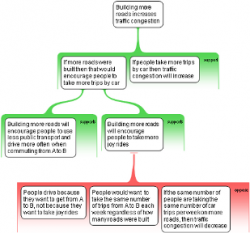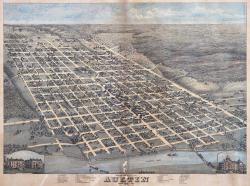
This summer, my parents asked me to review an article they were writing for a handbook on systemic counselling. The topic was using the body as a resource as well as an agent in problem-solving strategies and decision-making. Mom and Dad wrote the interaction between cognition and embodiment (and their fundamental inseparability), the bi-directionality of psycho-somatic processes, etc. All of which I felt was very interesting, but at the time seemed slightly too obvious to really excite me.




